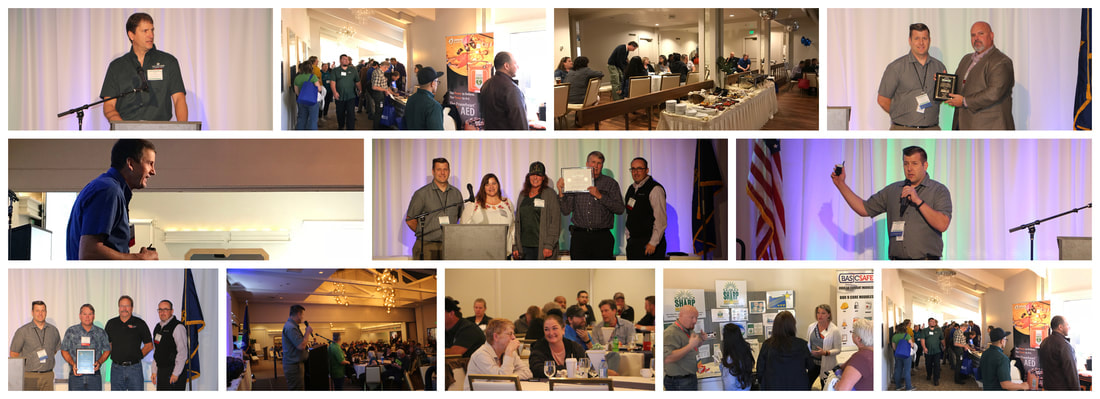
Things to do:
- Continuously monitor emergency service conversations on scanners so you know about problems early.
- Inventory your valuables. An easy way to do this is to walk through your home and scan your belongings. When you turn in damages to your insurance company, you can specify makes and models of valuable items and be compensated at an appropriate level.
- Stock your vehicles with water, inexpensive tools, bed rolls, tents, phone chargers, shoes and N95 dust masks.
- Have 72-hour kits ready to go. Include rain gear, clothing, easy to prepare food and extra cash. Consider a roll of coins so you can access goods in vending machines in areas that have been evacuated.
- Look for flammables on your property and clean them up and keep them away from your home.
- Maintain your landscaping around your home and keep vegetation short.
- Consider landscaping materials that are less flammable such as rock or concrete.
- Back-up your digital documents onto a USB drive or two and keep these in your 72-hour kit.
- Coordinate evacuation points with family so that if you are separated you have a couple places you can meet.
- Never let your gas tanks go below ¾ of a tank. Fill your tank.
Things to get:
- Consider having a trailer or truck bed outfitted with gear for when you need to evacuate the area.
- Radio scanner so that you can monitor emergency disaster services effectively and know about problem areas to avoid.
- Have radios or satellite communication options for when cell service collapses.
- Get fire resistant document carriers and keep them in an area where you can access them quickly, preferably near your 72-hour kits.
- N95’s or R95’s particulate masks
- Work gloves
- Bed rolls and tents
- Fire extinguishers
- Water
- First aid kits and emergency blankets
- Hand sanitizer
This is not a complete list, but hopefully it gets you thinking about ways you can prepare for disaster in 2022.
David Hanson, CSP
President, ASSP – Southern Oregon Chapter
Senior Safety Management Consultant, SAIF Corporation
 RSS Feed
RSS Feed
